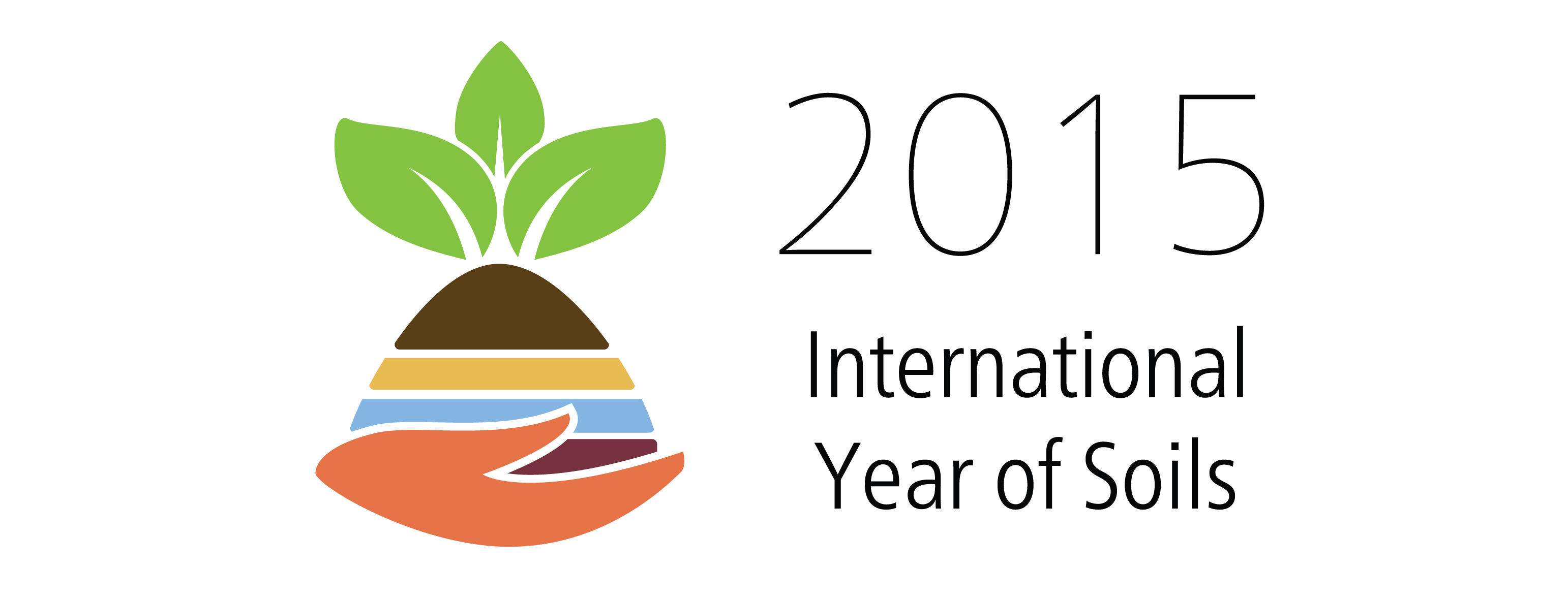On December 5th of 2014 the UN Secretary General Ban Ki Moon declared 2015 the International Year of Soils, reminding us that “[a] healthy life is not possible without healthy soils.” This declaration follows the launch of the Global Soil Partnership (GSP), the first international collaboration of governmental and non-governmental organizations focused specifically on improving soils. It also follows an expansion of fertilizer subsidy programs across Sub-Saharan Africa and the international community’s increased interest in carbon sequestration in agricultural soils.

Why is there this growing global attention to soils? And why should economists take note?
We argue that economists, and particularly development, agricultural and environmental economists, need to tailor their research to incorporate soils. And indeed a growing number of academic articles recognize the crucial importance that soils play in the processes and outcomes of prime interest to economists: achieving food security, alleviating poverty, adapting to and mitigating the effects of climate change, providing essential ecosystem services, and contributing to sustainable development.
For those economists interested in human welfare issues, the link is obvious. Most of the world’s poor live in rural areas and work in agriculture (World Bank 2007). These asset-poor families depend largely on human capital (their mental and physical faculties) and natural capital (climate, water sources, soils) for the production of both food and income. Soil quality is therefore essential to the formation of human capital, the accumulation of productive capital, and family welfare. Yet two-thirds of the world’s rural population live on “less favored land” – areas with such poor soil, agricultural conditions, and/or infrastructure that farming is unproductive and where poverty is widespread (Fan & Chan-Kang 2013, CGIAR 1999). These less favored, or marginal, lands make up nearly 90% of the agricultural land in the world.
In Sub-Saharan Africa, in particular, soil fertility is not only poor but is also quickly degrading. Across agro-ecological zones, depletion of soil fertility is singled out as the most important biophysical cause of low per capita food production (Sanchez 2002). An influential World Bank study refers to “an escalating soil fertility crisis” in Sub-Saharan Africa (Morris et al. 2007, p. 18). In addition, it is widely believed that soil nutrients are being lost more quickly in Sub-Saharan Africa than anywhere else in the world, though the most recent statistics are from the late 1990s (Smaling et al. 1997). This loss includes both macronutrients (essential for crop growth) and micronutrients (essential in trace amounts for both crops and humans).
In the following posts, we’ll work through a number of mechanisms that tie soil fertility to human welfare in poor, agricultural communities. We’ll highlight recent papers by economists on the subject and point to gaps where more research is needed. We’ll cover the following topics and add in links to the segments below when the segments are posted:


Hi Ron Gillis here from North Sydney,NS I am a lyricist also dabble in essays,poems,songs,here is a poem i wrote about soil.
“Plethora of Wonders”
Soil,seed,rain,sun
rake hoe, job half done.
Time takes over,roots expand.
Plethora of Wonders emerge from my land.
May plethora of wonders find their way,
throughout the world,help to allay
the curse of hunger so rampant ,so real
My ,plethora of wonders is the real deal
Ron Gillis
@ 2015